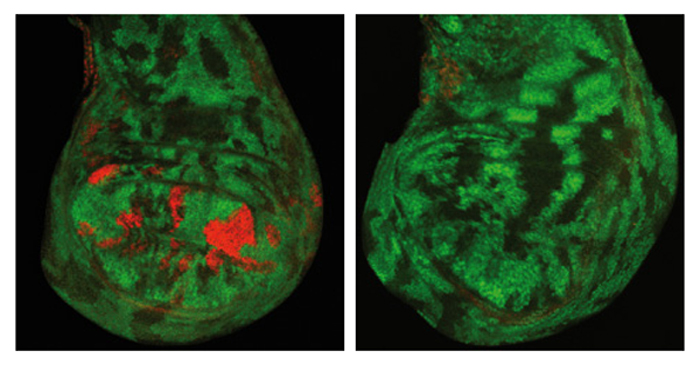Tags on, tags off
EMBL scientists identify new regulatory protein complex with unexpected behaviour

During embryonic development, proteins called Polycomb group complexes turn genes off when and where their activity must not be present, preventing specialised tissues and organs from forming in the wrong places. They also play an important role in processes like stem cell differentiation and cancer. In a study published online today in Nature, scientists at the European Molecular Biology Laboratory (EMBL) in Heidelberg, Germany, identified a new Polycomb group complex, and were surprised by how it acts.
Another Polycomb group complex was already known to silence genes by placing a chemical tag near them. Juerg Mueller and his group at EMBL found that the new Polycomb complex they discovered, PR-DUB, removes that same tag.
“Surprisingly, this new complex which takes the tag off seems to act in the same tissues and at the same developmental stages as the one that puts the tag on,” says Mueller, “and both opposing activities must occur to keep the gene silenced in our model organism, the fruit fly Drosophila.”
The reason for this unexpected behaviour is yet to be experimentally confirmed, but it may be a case of fine-tuning, with the newly-found complex ensuring that the chemical tagging is kept at its optimal level.
The human equivalent of PR-DUB is known to be a tumour-suppressor, and Mueller and colleagues discovered that, in test-tubes at least, it behaves the same way as the fruit fly complex, removing that same gene-silencing tag. Knowing how the complex acts in the fruit fly could help scientists uncover its function in the cells of mammals such as ourselves, and thus begin to shed light on its relation to cancer.



